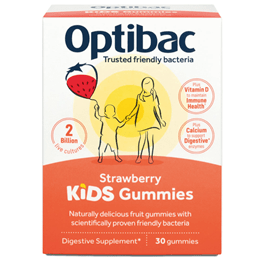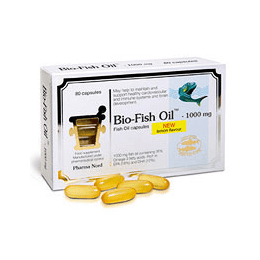Essential fatty acids, or EFAs, are fatty acids that humans and other animals must ingest because the body requires them for good health but cannot synthesize them.[1]
The term “essential fatty acid” refers to fatty acids required for biological processes but does not include the fats that only act as fuel. Essential fatty acids should not be confused with essential oils, which are “essential” in the sense of being a concentrated essence.
Only two fatty acids are known to be essential for humans: alpha-linolenic acid (an omega-3 fatty acid) and linoleic acid (an omega-6 fatty acid).[2] Some other fatty acids are sometimes classified as “conditionally essential”, meaning that they can become essential under some developmental or disease conditions; examples include docosahexaenoic acid (an omega-3 fatty acid) and gamma-linolenic acid (an omega-6 fatty acid).
When the two EFAs were discovered in 1923, they were designated “vitamin F”, but in 1929, research on rats showed that the two EFAs are better classified as fats rather than vitamins.[3]
Essential fatty acids (EFAs), linoleic acid (LA), and alpha-linolenic acid (ALA) are essential for humans, and are freely available in the diet. Hence, EFA deficiency is extremely rare in humans. To derive the full benefits of EFAs, they need to be metabolized to their respective long-chain metabolites, i.e., dihomo-gamma-linolenic acid (DGLA), and arachidonic acid (AA) from LA; and eicosapentaenoic acid (EPA) and docosahexaenoic acid (DHA) from ALA. Some of these long-chain metabolites not only form precursors to respective prostaglandins (PGs), thromboxanes (TXs), and leukotrienes (LTs), but also give rise to lipoxins (LXs) and resolvins that have potent anti-inflammatory actions. Furthermore, EFAs and their metabolites may function as endogenous angiotensin-converting enzyme and 3-hdroxy-3-methylglutaryl coenzyme A reductase inhibitors, nitric oxide (NO) enhancers, anti-hypertensives, and anti-atherosclerotic molecules. Recent studies revealed that EFAs react with NO to yield respective nitroalkene derivatives that exert cell-signaling actions via ligation and activation of peroxisome proliferator-activated receptors. The metabolism of EFAs is altered in several diseases such as obesity, hypertension, diabetes mellitus, coronary heart disease, schizophrenia, Alzheimer’s disease, atherosclerosis, and cancer. Thus, EFAs and their derivatives have varied biological actions and seem to be involved in several physiological and pathological processes.

























